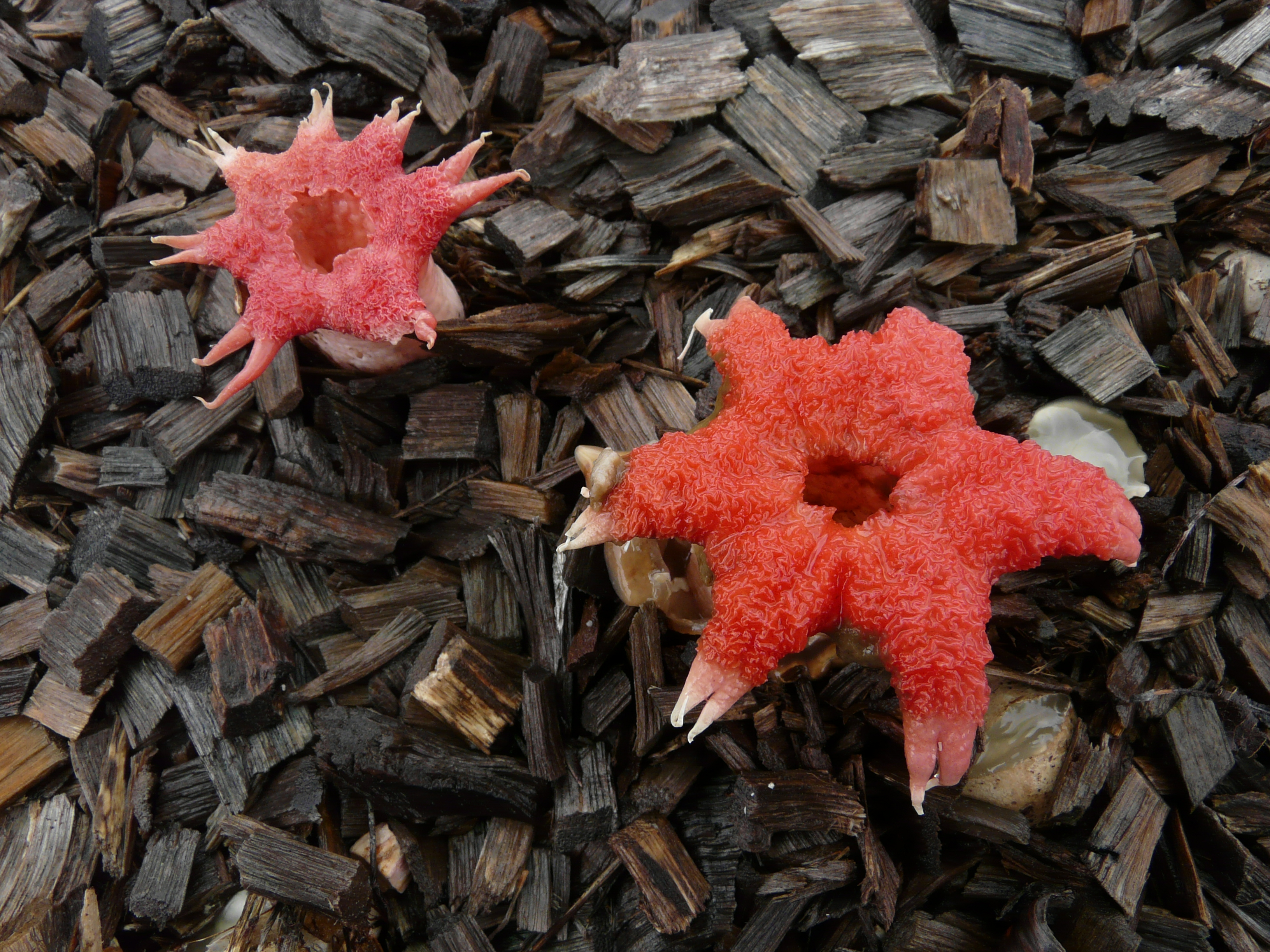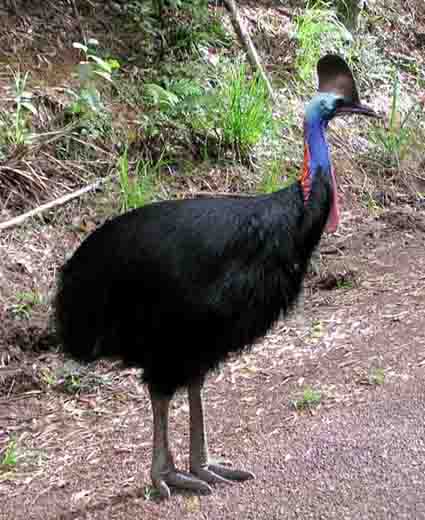| Are plants more evolved than humans? Plants have been evolving for thousands of years and performing more complicated chemical processes such as photosynthesis. http://mattercreative.org/ideas-are-like-plants/
|
| Are plants more evolved than humans? Plants have been evolving for thousands of years and performing more complicated chemical processes such as photosynthesis. http://mattercreative.org/ideas-are-like-plants/
|
 |
| Nuclear Power Plant http://inhabitat.com/japans-nuclear-reactor-springs-a-leak-engineers-try-to-plug-with-sawdust/ |
| Deformed Green Frogs http://www.minnpost.com/politics-policy/2009/08/studies-offer-new-insights-causes-deformed-frogs |
| Biomagnification http://users.rcn.com/jkimball.ma.ultranet/BiologyPages/D/DDTandTrophicLevels.html |
| Giant Cockroach http://en.wikipedia.org/wiki/Blaberidae |
 |
| Daintree Rainforest http://jennifermarohasy.com/2007/11/conservation-values-in-the-daintree/ |
 |
| Annual Rainfall/ Temperature http://daintree-and-amazon-comparison.wikispaces.com/file/view/eco_013.gif/344882848/637x422/eco_013.gif |
| Fish Tail Palm http://davesgarden.com/guides/articles/view/3006/ |
| Wait-a while Plant http://mollysaussieadventure.blogspot.com/2010/09/lamington-rainforest.html |
| Green Tree Frog http://www.alsipnursery.com/green-tree-frog-care |
| Boyd's Rainforest Dragons http://www.wettropics.gov.au/rainforest_explorer/Library/ImageLibrary/animals/Reptiles/reptilesindex.htm |
 |
| Stinkhorn Mushroom http://upload.wikimedia.org/wikipedia/commons/f/fd/Stinkhorn_Springbrook.jpg |
 |
| Tropical Rainforest Main Locations http://www.enchantedlearning.com/subjects/rainforest/animals/Sampling.shtml |
 |
| Tropical Rainforest Biome Food Web https://endangeredspeciesbiomesprojects.wikispaces.com/file/view/TropicalRainforestFoodWeb.jpg/411469158/640x506/TropicalRainforestFoodWeb.jpg |